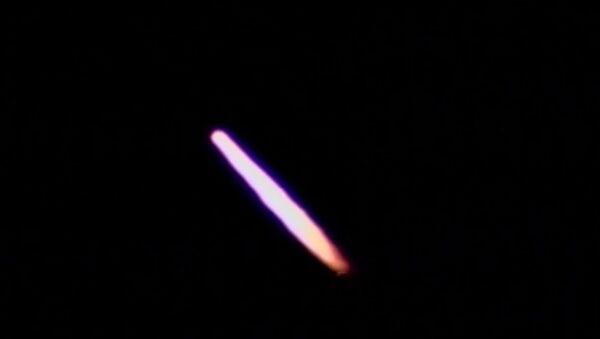Lockheed Martin is competing with Boeing and Northrop Grumman to be the producer of the next generation of ICBMs, which will take the place of the Minuteman IIIs.
Additive manufacturing technology is touted as a way to bring costs down for the US military, but officials remain skeptical. The US Air Force is “very risk averse,” and consequently the applicability and functionality of 3D printing for ICBMs is something Lockheed must “prove to the customer,” John Karas of Lockheed Martin said.
“We’ll show the benefit of it during the design phase and recurring phase and the operation and sustainment phase,” Karas said on April 3, according to a Defense News report.
The way in which metal parts are manufactured impacts the material’s chemical properties, according to DARPA research. If differences between conventional manufacturing and additive manufacturing are not factored into the design process, problems are bound to ensue.
However, “Uncertainties in materials and component manufacturing processes are a primary cause of cost escalation,” DARPA researcher Jan Vandenbrande said. The uncertainties are a byproduct of random variation in the manufacturing process, meaning 3D printing could play a huge role in bringing consistency to how ICBM pieces are made.
The trio of defense contractors are bidding on the Ground Based Strategic Deterrent missile program, a multi-decade deal to gradually phase out aging Minuteman ICBMs. The contract award amounts to a total of $62 billion. A majority of the program’s budget, about $48.5 billion, will go to missile construction, while the remaining funds will upgrade command and control systems and modernize launch control centers.
It is not entirely clear whether Northrop and Boeing plan to incorporate 3D printing in their designs, too.




